It is becoming more and more common for Americans to venture to the East, as opposed to more typical locales like Europe or North America. Westerners have long possessed a curious fascination with the Orient, rich as it is with mythology and culture.
Maybe you find yourself irretrievably drawn to the spiritual foundations of Buddhism. Perhaps you’ve developed a resolute yearning to negotiate the rigid travails of the Mt. Everest Base Hike. Or, you simply want to glance at one of the mightiest wonders of the world and ambulate in awe along the serpentine Great Wall slithering across the Chinese mountainside.
Whatever the case, the Old World can be equally as enthralling as the new. Posited here are 10 adventures you can undertake in Asia if you elect on making it your next destination of choice.
1. Trek The Terraces
Banaue, Phillipines
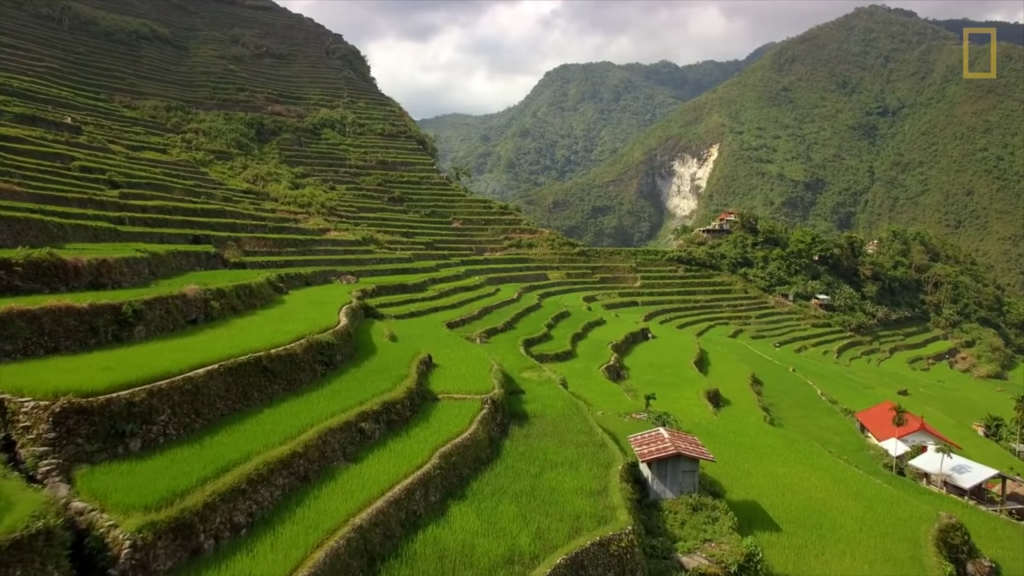
A UNESCO world heritage site, the Phillipines Cordilleras are a mesmerizing site to behold, a monument to the symbiosis of mankind and nature. Rolling along the contours of the mountainside, it is said that if one were to lay the stacked terraces flat, they’d stretch halfway around the world. Home of the ancient Ifugao people, the terraces are irrigated by the nearby mountainside, in an astounding feat of engineering.
Walking through Banaue is akin to dispensing of all the tapestries of contemporary existence, and traipsing along through the accoutrements of the past. Rudimentary, but enduring, fragments of a past age, where life galivanted along to a slower, simpler drumbeat. The hues of the terraces bloom greenest in the Spring, before fading a to rich gold in summertime. It’s like fading away into a pleasant dream, solicitous of quietude, vibrant but serene, peaceful yet invigorating.
2. Swim With The Sea-Gypsies
Koh Surin National Marine Park, Thailand
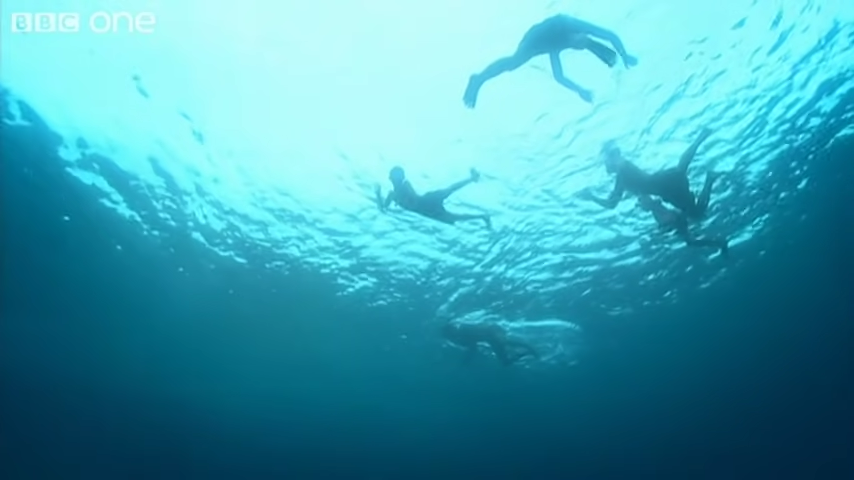
Thailand is most commonly associated with its tropical beauty. Lush palms abound, the rolling waves melt in the scorching sunlight, nearby islands dot the undulating seashore. In visiting the Koh Surin National Marine Park, you’ll find these idyllic conceptions verifiably true.
The Koh Surin National Marine Park is also home to the Moken people, tribes of sea-gypsies eeking out a bare existence in the Mergui archipelago. The Mokens are a fascinating anthropological treasure, a rare relic of yesteryear plying the turgid waters of modernity. They persist on houseboats throughout the year, their children often learn to swim before they can walk, and the Moken cherubs are also even rumored to possess underwater vision akin to dolphins.
Though their economy is notoriously fragile, the Mokens endure, as timeless as the shimmering sea they sail upon. Visit Koh Surin, to witness the traditions of the past come alive.
3. Meander Among Manta Rays
Yap, Micronesia
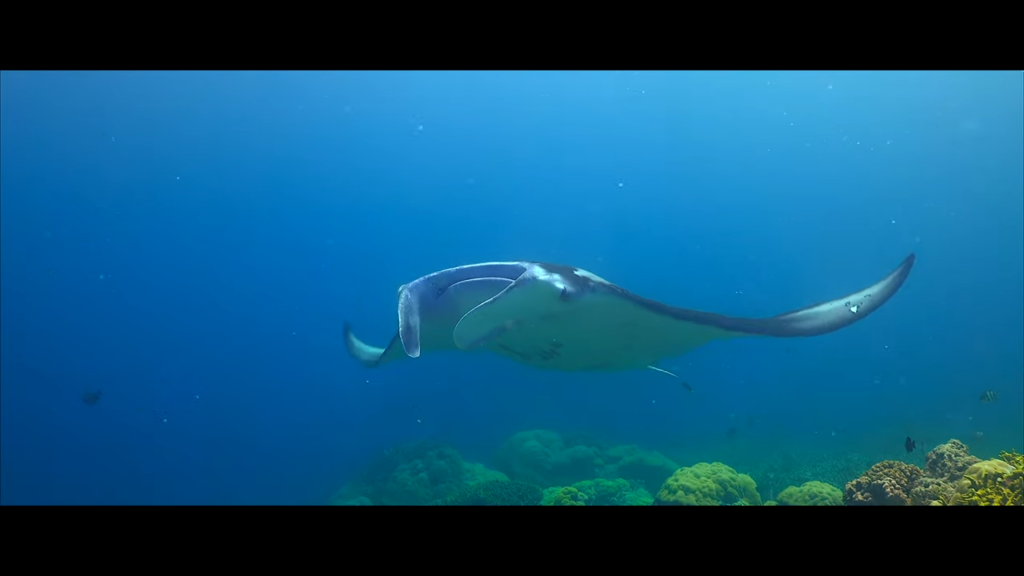
Have you ever possessed a yearning to swim with a novel species of sea creatures? Manta Rays decorate the tropical seas of Micronesia year-round. Wondrous fish, they have existed for approximately 5 million years. Using their wing-like pectoral fins, they glide through the water, as angels of the sea.
Swimming aside them, or diving below them, is a truly remarkable experience. Hasten, therefore, to Micronesia, strap on a scuba suit, and glide along with the manta rays in a spectacular oceanic adventure.
4. Ride the Reunification Express
Ho Chi Minh City, Vietnam

The US has had a fraught relationship with Vietnam since its invasion in the mid-50’s. The US was operating under the “domino theory” during the Cold War, which alleged that communism functionally operated as a domino: If communism was allowed to perpetuate itself in one country, it would hence continue to spread in adjacent states. As North Vietnam increasingly fell under the sway of communist China, the US became convinced, under the administration of President Kennedy, that intervention in South Vietnam was necessary to preserve American interests in Southeast Asia.
The resulting conflict culminated in catastrophe. The US was repeatedly stifled by the Vietcong, a group of Southern Vietnamese guerrilla warriors funded by the government in Saigon (now Ho Chi Minh City). The result was a stalemate, a war without victory, a conflict with no white flags. It tore asunder the cultural and political fabric of Vietnam.
The Reunification Express is a 1,073 mile long rail line that connects Ho Chi Minh City to the capital, Hanoi. As it snakes its way through the countryside, travelers can observe Vietnam unobscured. Remnants of the war still percolate across the once ravaged country. The rail line, itself, stands as a monument to the reunion of a single state unnaturally separated by the dictates of the competing ideologies of the Cold War.
5. The Dragon Of Chaos
Indonesia
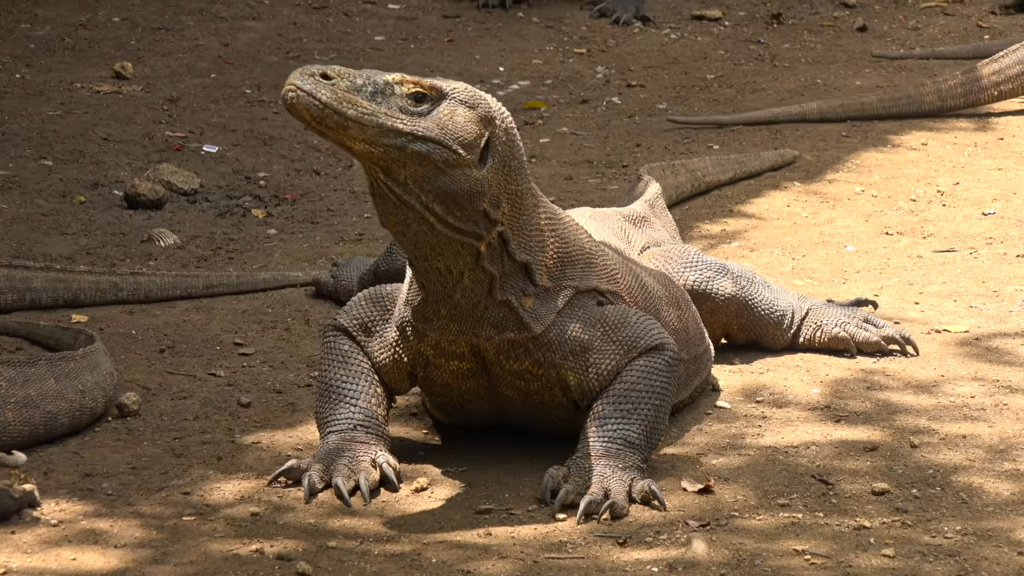
The Komodo Dragon is one of the largest reptiles on the planet. A rare species, it’s habitat is almost entirely exclusive to Indonesia. Growing up to 10 feet in length, often weighing in at more than 300 pounds, these dragons are the veritable MMA fighters of the reptilian world. Trespass upon these dinosaurs of the ancient world at your own peril. They’ll level into a homunculus of a human.
Despite their predatory nature, it is still nevertheless safe to observe these giants of the reptilian world from a marginal distance. At the Komodo National Park in Indonesia, another UNESCO World Heritage site, there are over 6,000 Komodos prowling the archipelago of islands. If you are eager to view these regal reptiles, Indonesia should be on your travel list.
6. Sumo Salutations
Tokyo, Japan
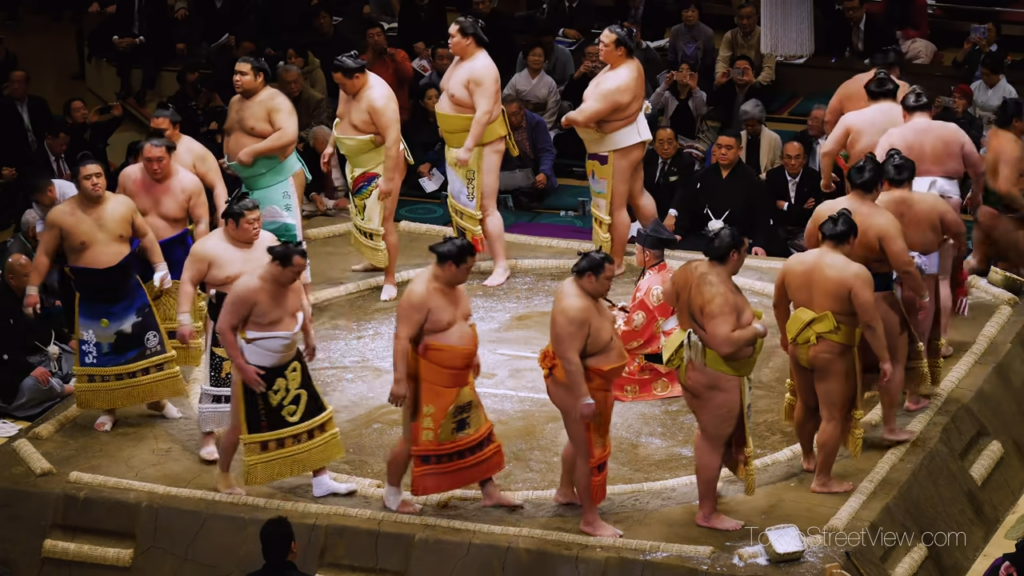
Sumo wrestling may, at first, seem like a fatuous sport. After all, it does consist of two particularly rotund men, attired in nothing more than a thong stretched to its seams, groping at each other’s rolls of fat. Yet, it is a heralded tradition in Japan and has also piqued the curiosity of many Westerners. Approximately two thousand years ago, sumo wrestling was a ritual connected with prayers for a bountiful harvest. Eventually, it evolved during the Edo period of the 17th century into a legitimate athletic contest.
In Tokyo, six grand sumo tournaments are hosted each year, three of which are organized at Ryogoku Sumo Hall, the spiritual home of the sport. Tokyo is already a popular tourist destination for Americans, so if you’re in the vicinity, why not sumo? Enjoy some sushi and sake before the match, and heartily survey an ancient Japanese pastime.
7. Baby, You’re A Firework
Pohang, South Korea
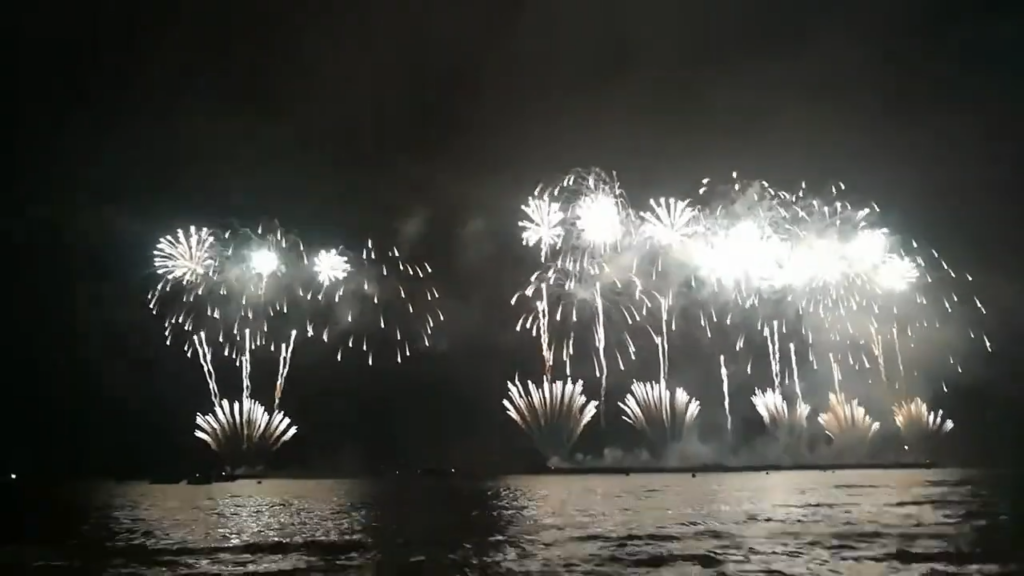
Every summer, in Pohang, South Korea, the night sky is illuminated in violent spasms of exploding light. At the Seoul International Fireworks Festival, South Koreans gather for a week of festivities culminating in the explosion of fireworks. Artificial streams of light permeate the star-strewn sky and the natives rejoice. Pohang, the “City of Light and Fire,” redounds on its name during that week-long interval.
When visiting Seoul, head to Bubku Beach at 9PM and view the spectacle. The festival persists for a week, so there should be no shortage of ensuing activities to pursue. Consume as much of South Korean culture as you can.
8. Galivanting Through The Gobi
North China/South Mongolia
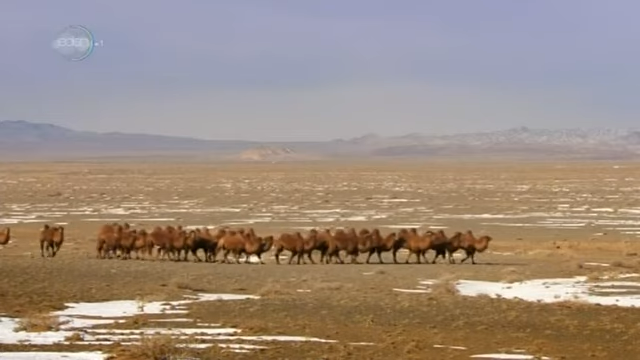
The Gobi Desert is an atavistic, primal place. It is barren, largely unpopulated, unpolluted by the fretless meandering of people. It is an oasis from urbanity, a treasure trove of geological wonders, with a luminescent night sky percolating with starlight.
Much can be found in the Gobi, if one is audacious enough to explore. Remnants of the ancient Silk Road can still be found. Steppe’s rise in steep verticals along the landscape. Bactrian camels wonder the flats languorously, searching for their next meal in the barren desert sands. Nomads erect small yurts on the plains, living in the most penetrating isolation possible.
It is a unique place, offering an extremely memorable experience for those inclined.
9. Clear Your Throat
Mongolia

Mongolia is a country few tourists have ever contemplated visiting? Sitting in the shadow of the vastly more socioeconomically significant China, Mongolia is traditionally regarded as an afterthought. Mongolia, however, possesses an intensely rich history. In 1206, Genghis Khan coalesced a number of competing nomadic tribes into a formidable military assemblage. Leveraging military tactics reminiscent of the “blitzkrieg” employed by the Germans during WWII, the Mongols utilized a system of rapid maneuvering to outflank their opponents. It yielded the largest empire in human history, extending from present-day Poland to the Korean peninsula.
Today, Mongolia is a socialist country, resigned to little renown or global consideration. Its culture is still resonant, permeating the vast steppes of the country. If you visit, listen to the native Tuvan throat singing. An incredible feat of musicianship, it consists of a single individual simultaneously producing two pitches at the same time. A pastoral tradition mimicking the voice of nature, Tuvan singers will travel to mountainsides, rivers, or rock formations, to warble their agrarian melody.
10. Wonderwall
Beijing, China
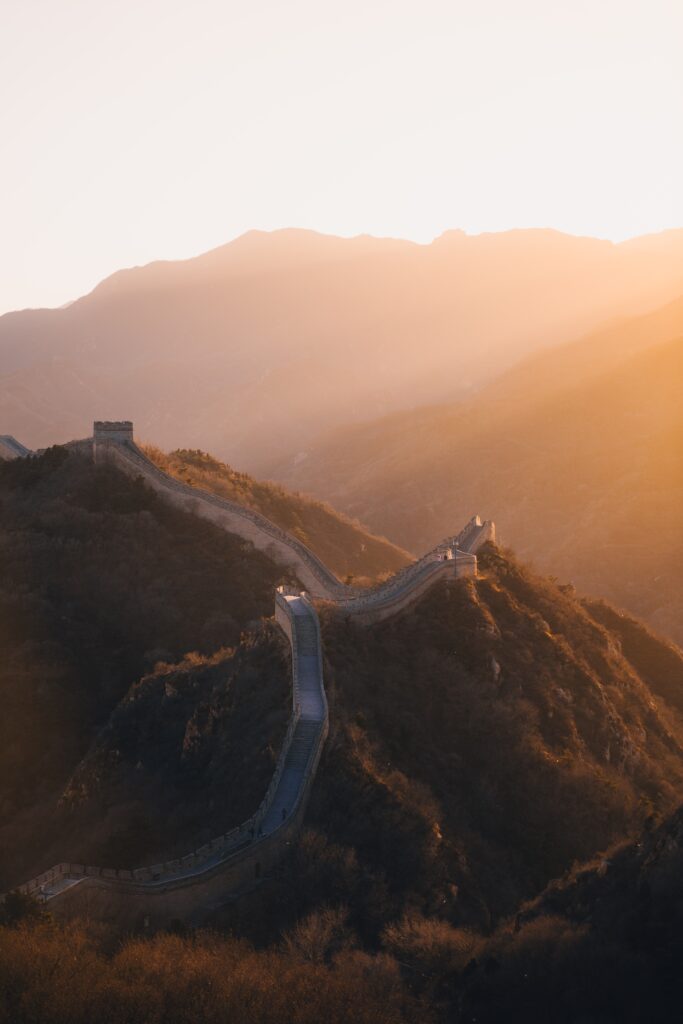
No list articulating the delights of Asia would be complete without compulsory reference to one of the world’s man-made wonders – The Great Wall of China. Totaling more than 13,000 miles in length, the wall was initially conceived by Emperor Qin Shi Huang in the 3rd century as a means of repelling bands of barbaric nomads. Construction on the wall persisted till the 17th, under the apprising stewardship of the Ming dynasty. Curiously enough, the wall was never satisfactorily effective, proving no more than a rudimentary and easily circumvented barrier, but it nonetheless came to be regarded as an enduring symbol of the potency of the Chinese civilization.
Today, it continues to serve a symbolic purpose, mesmerizing people all over the world. It is characteristic, in many ways, of the Chinese people themselves: steady, persevering, disciplined, capable of withstanding the tempests of time, the undulations of the passing ages.

